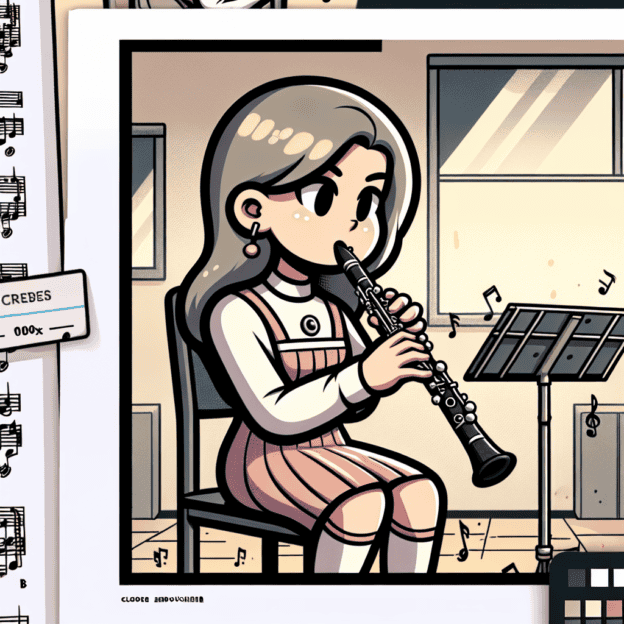Exploring Martin Freres Clarinet Harmonics
If you're looking to improve your clarinet skills, getting familiar with Martin Freres clarinet harmonics is key. Harmonics bring depth to your music, letting you convey emotions that regular notes just can't capture. Ready to explore? Let's jump in and uncover the secrets of harmonics together!
What Are Harmonics?
Harmonics are those special overtones that create ethereal, beautiful sounds. They're like the cherry on top of your musical sundae, adding that extra something special. Before diving into harmonics, make sure you've got a solid grip on the basics. If you're still mastering standard fingerings, take some time to perfect those first.
Perfecting Your Embouchure
Once you've nailed the fundamentals, it's time to focus on your embouchure. The way you shape your mouth can dramatically affect how well you produce harmonics. Imagine yourself in a bright room, your clarinet resting gently on your lips. Take deep breaths, forming your mouth just right. Use steady air support and let it flow naturally. With time and practice, you'll find the perfect technique.
| Embouchure Element | Description | Effect on Harmonics |
|---|---|---|
| Lip Position | Slightly rolled in, firm but not tight | Helps control air stream for clear harmonics |
| Jaw Position | Slightly dropped, relaxed | Allows for flexibility in pitch adjustment |
| Tongue Position | Arched, as if saying “ee” | Directs air stream for better overtone production |
Harmonic Exercises
Let's start with some simple exercises. Begin by playing a low E (the lowest note on a clarinet). Hold the note, then gently adjust your embouchure while maintaining steady air flow. You should hear an overtone – that shimmering harmonic sound above the base note. Try this with different low notes, adjusting your blowing angle to find those hidden harmonic gems!
Scales and Harmonics
Moving between harmonics can be challenging, so let's make scale practice more interesting. As you play your scales, try switching to the harmonic of the next note instead of its regular fingering. For instance, play a middle D and then reach for that higher A harmonic. It's all about discovering the richness in your sound.
Dynamics and Expression
Remember, playing harmonics isn't just about hitting the right notes. Practice varying your dynamics – play softly, then loudly, and back again. Think of yourself as a painter, using your clarinet as a brush. Add different shades to your sound and watch your music come to life!
Seeking Guidance
If you have access to a teacher or mentor, don't hesitate to ask for help. They can offer valuable insights into your specific challenges and areas for improvement. They might even introduce you to pieces where harmonics really shine!
Tracking Your Progress
After each practice session, take a moment to reflect. Note what worked well and what needs more work. Keep an eye on your progress and build on it. Sometimes, the best ideas come right after you've put your instrument down, so be ready to capture those moments of inspiration!
Exploring Repertoire
Finally, let's talk about music. Dive into compositions by Martin Freres and see how harmonics are woven into the fabric of the pieces. Feel the emotion in every note and let it drive you to master your harmonic skills. There's nothing quite like bringing a piece to life with well-executed harmonics.
Conclusion
The world of clarinet is full of endless possibilities, with each note and breath opening up new avenues of expression. By mastering harmonics, especially those associated with the Martin Freres tradition, you'll create music that touches not only you but everyone who listens. So take on the challenge, practice those harmonics, and let your clarinet sing in ways you never thought possible!







